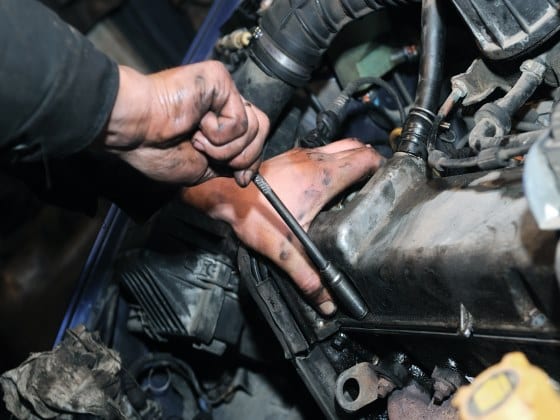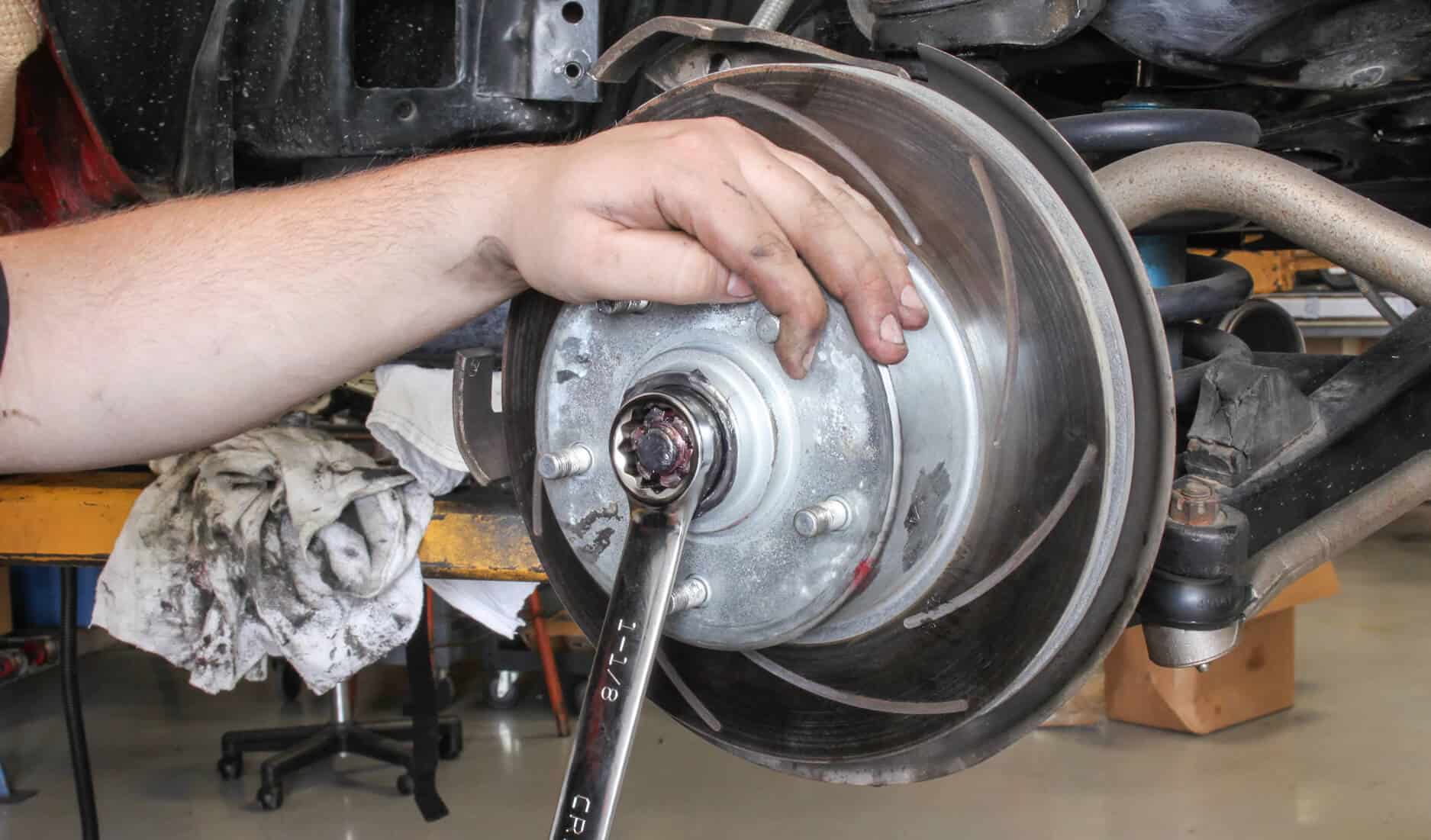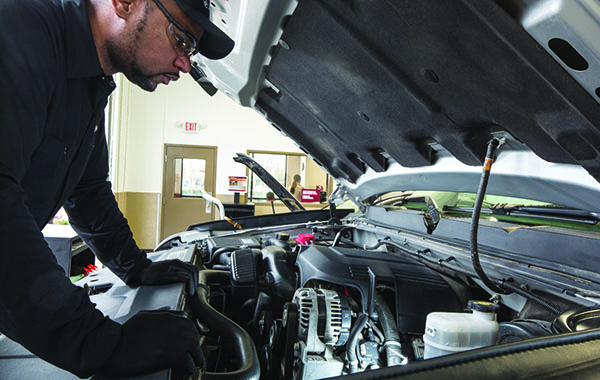Introduction
- Introduce the PCV (Positive Crankcase Ventilation) valve’s role in maintaining engine efficiency and reducing emissions.
- Highlight the importance of regular maintenance to ensure proper PCV valve function and overall engine performance.

1. Understanding the PCV Valve
- Function: Explain how the PCV valve regulates the flow of gases between the crankcase and intake manifold, preventing pressure buildup and promoting efficient combustion.
- Importance: Discuss how a faulty PCV valve can lead to engine performance issues, increased emissions, and potential damage to engine components.
2. Signs of a Failing PCV Valve
- Symptoms: Identify common signs such as rough idling, engine misfires, oil leaks, increased oil consumption, and illuminated check engine light (CEL).
- Diagnostic Tools: Overview of tools such as OBD-II scanners to diagnose PCV valve-related issues and monitor engine performance.
3. Replacement Interval
- Manufacturer Recommendations: Review recommended replacement intervals for PCV valves, typically ranging from 20,000 to 50,000 miles depending on vehicle make and model.
- Inspection Frequency: Importance of regular inspection during routine maintenance to detect signs of PCV valve wear or malfunction.
4. DIY PCV Valve Replacement
- Location Identification: Locate the PCV valve on the engine, often connected to the valve cover or intake manifold with a hose.
- Removal Procedure: Step-by-step instructions for safely removing the old PCV valve using appropriate tools, ensuring no damage to surrounding components.
- Installation Steps: Guidelines for installing the new PCV valve, including proper seating and connection of hoses, according to manufacturer specifications.
5. Professional Service and Maintenance
- Professional Inspection: Reasons to consult a certified mechanic or technician for thorough inspection and diagnosis of PCV system components, including hoses and seals.
- System Cleaning: Importance of cleaning or replacing PCV system components if contaminated with sludge, carbon buildup, or debris.
6. Preventive Maintenance Practices
- Engine Oil Quality: Importance of using high-quality engine oil and adhering to recommended oil change intervals to minimize PCV system contamination.
- Air Filter Maintenance: Regular inspection and replacement of the engine air filter to prevent debris and contaminants from entering the PCV system.
- Driving Habits: Advising smooth acceleration, avoiding excessive idling, and regular engine warm-up to promote efficient PCV valve operation.
7. Benefits of Timely Replacement
- Engine Efficiency: Ensuring proper crankcase ventilation and reducing internal pressure for optimal engine combustion and performance.
- Emission Control: Contributing to lower emissions by maintaining efficient PCV valve function and reducing oil consumption.
- Cost Savings: Preventing potential engine damage and costly repairs associated with neglected PCV valve issues.
Conclusion
- Recap the importance of PCV valve replacement in maintaining engine efficiency, reducing emissions, and ensuring overall vehicle performance.
- Encourage vehicle owners to prioritize regular inspection and timely replacement of the PCV valve to prolong engine life and minimize maintenance costs.
- Emphasize the role of proactive maintenance in enhancing engine efficiency and reliability for a smoother driving experience.
By following these maintenance tips and best practices, vehicle owners can effectively manage their PCV valve replacement, optimizing engine efficiency and promoting long-term vehicle performance and reliability.



